Tag Archives: astrophysics
Scientists confirm the basis of Einstein’s Theory of Relativity
Scientists find the universe’s ‘missing matter’ using mysterious cosmic bursts
NASA decommissions Spitzer Space Telescope after 16 years of service
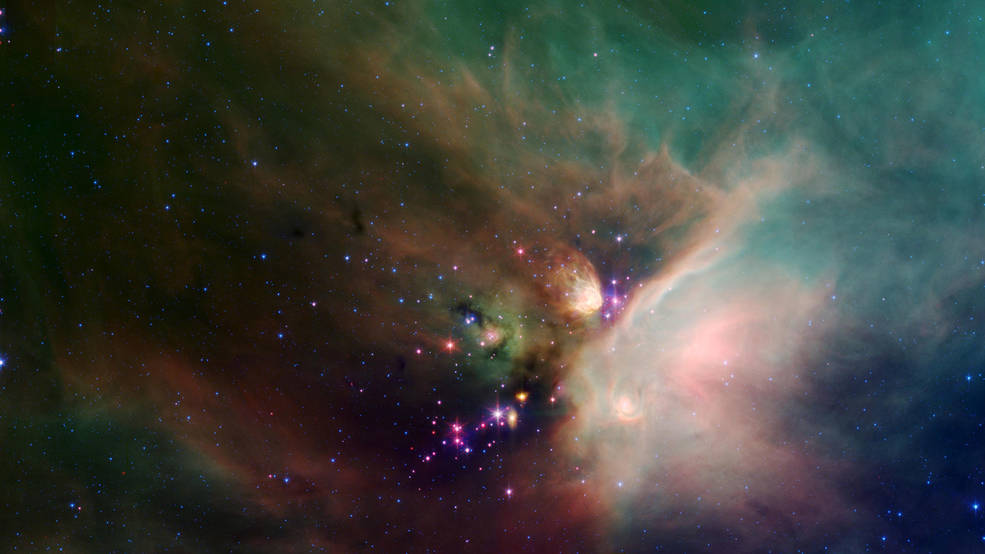 NASA is flipping the switch on the Spitzer Space Telescope today. The observatory has made groundbreaking discoveries about the universe since its launch in 2003, from imaging some of the oldest stars in the universe to detecting the light reflected...
NASA is flipping the switch on the Spitzer Space Telescope today. The observatory has made groundbreaking discoveries about the universe since its launch in 2003, from imaging some of the oldest stars in the universe to detecting the light reflected...
NASA’s closest-ever Sun flybys reveal how solar wind works
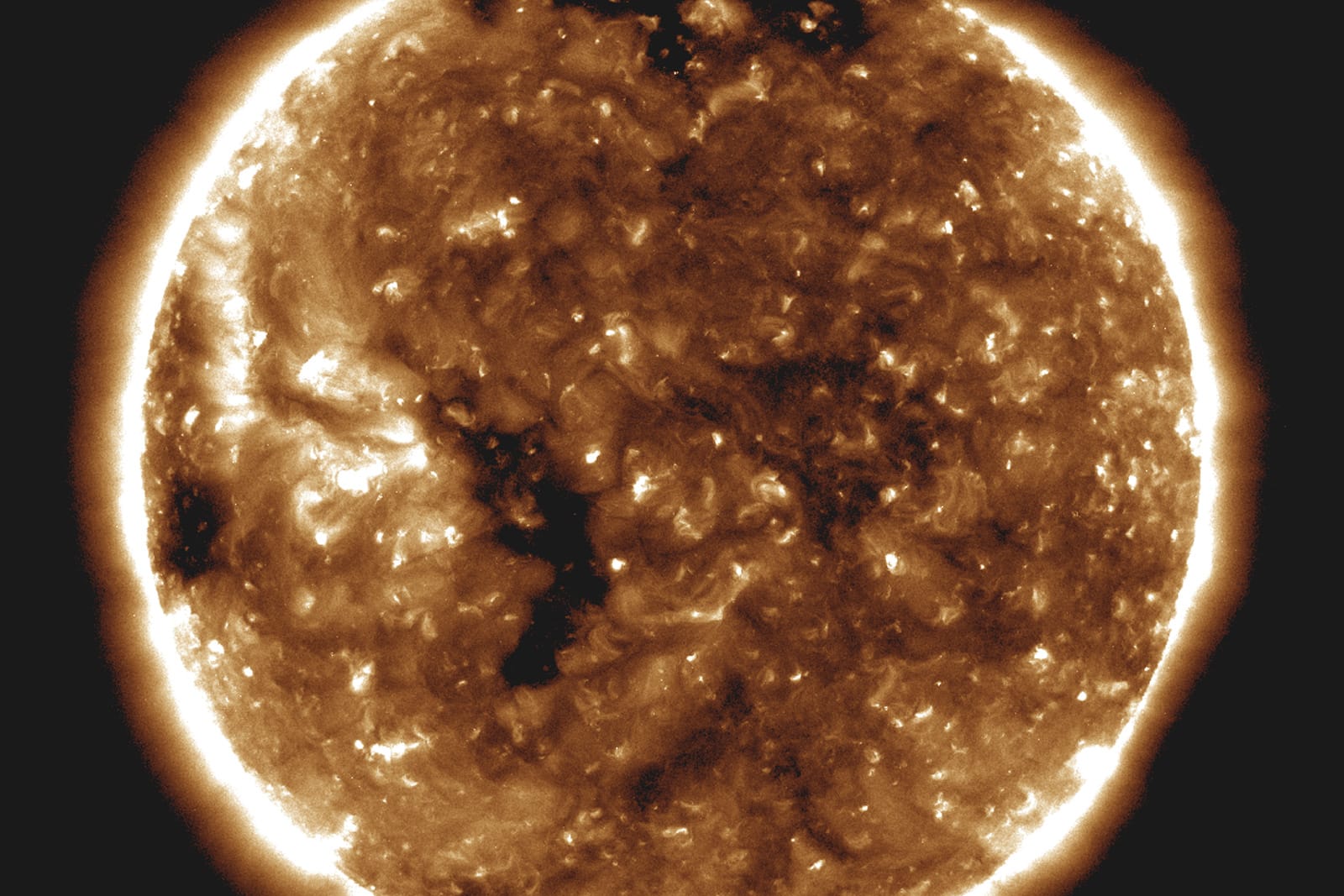 As promised, NASA has presented the first results from the Parker Solar Probe -- and they're already providing a treasure trove of insights regarding the Sun. Most notably, the solar wind doesn't behave entirely like scientists expected. There are fl...
As promised, NASA has presented the first results from the Parker Solar Probe -- and they're already providing a treasure trove of insights regarding the Sun. Most notably, the solar wind doesn't behave entirely like scientists expected. There are fl...
Astronomers find stellar black hole so large it shouldn’t exist
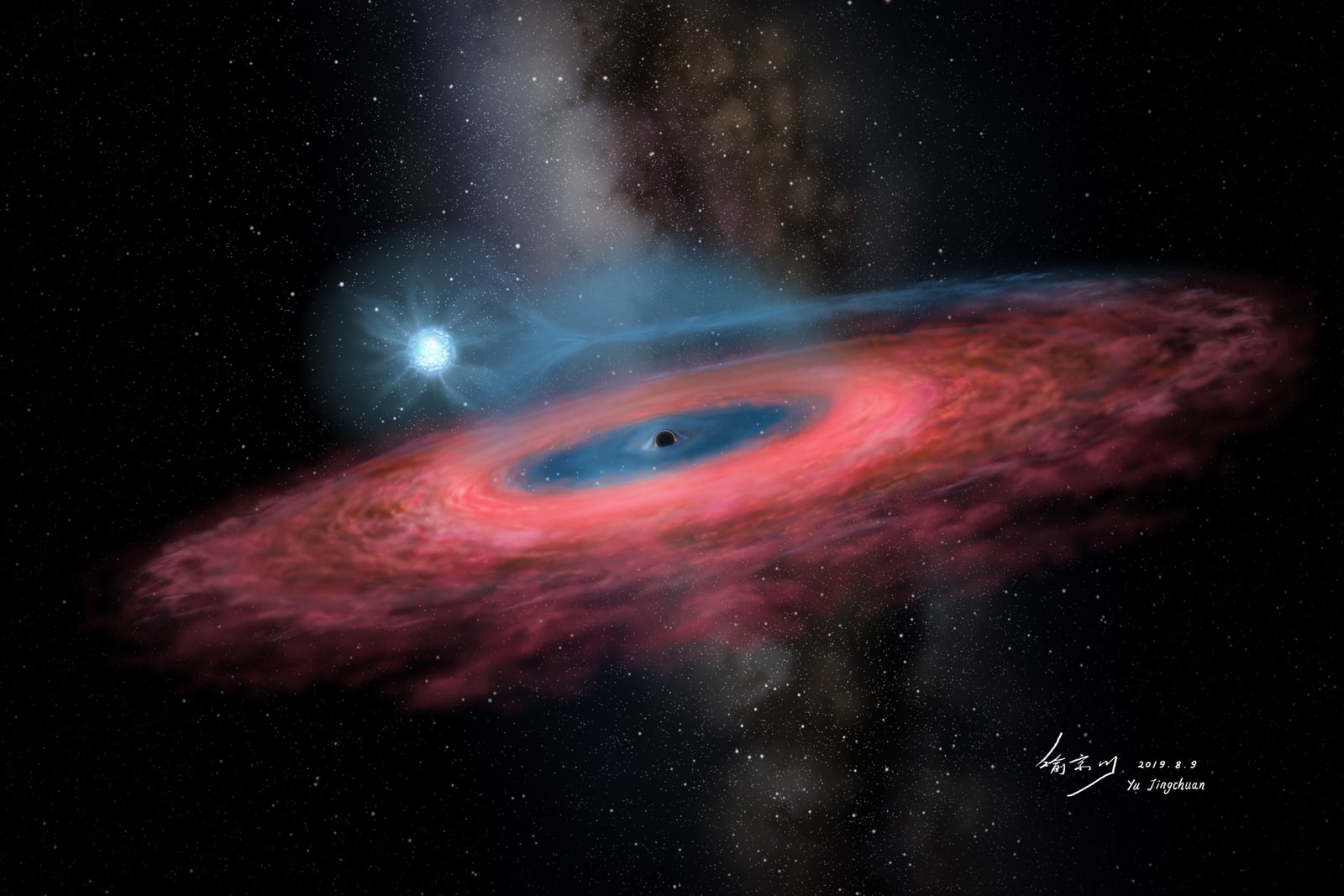 Just because there's a picture of a black hole doesn't mean astronomers have figured out how they work. Chinese-led researchers have detected a stellar black hole in the Milky Way with a mass so large that it breaks current stellar evolution models....
Just because there's a picture of a black hole doesn't mean astronomers have figured out how they work. Chinese-led researchers have detected a stellar black hole in the Milky Way with a mass so large that it breaks current stellar evolution models....
Supercomputer creates millions of virtual universes
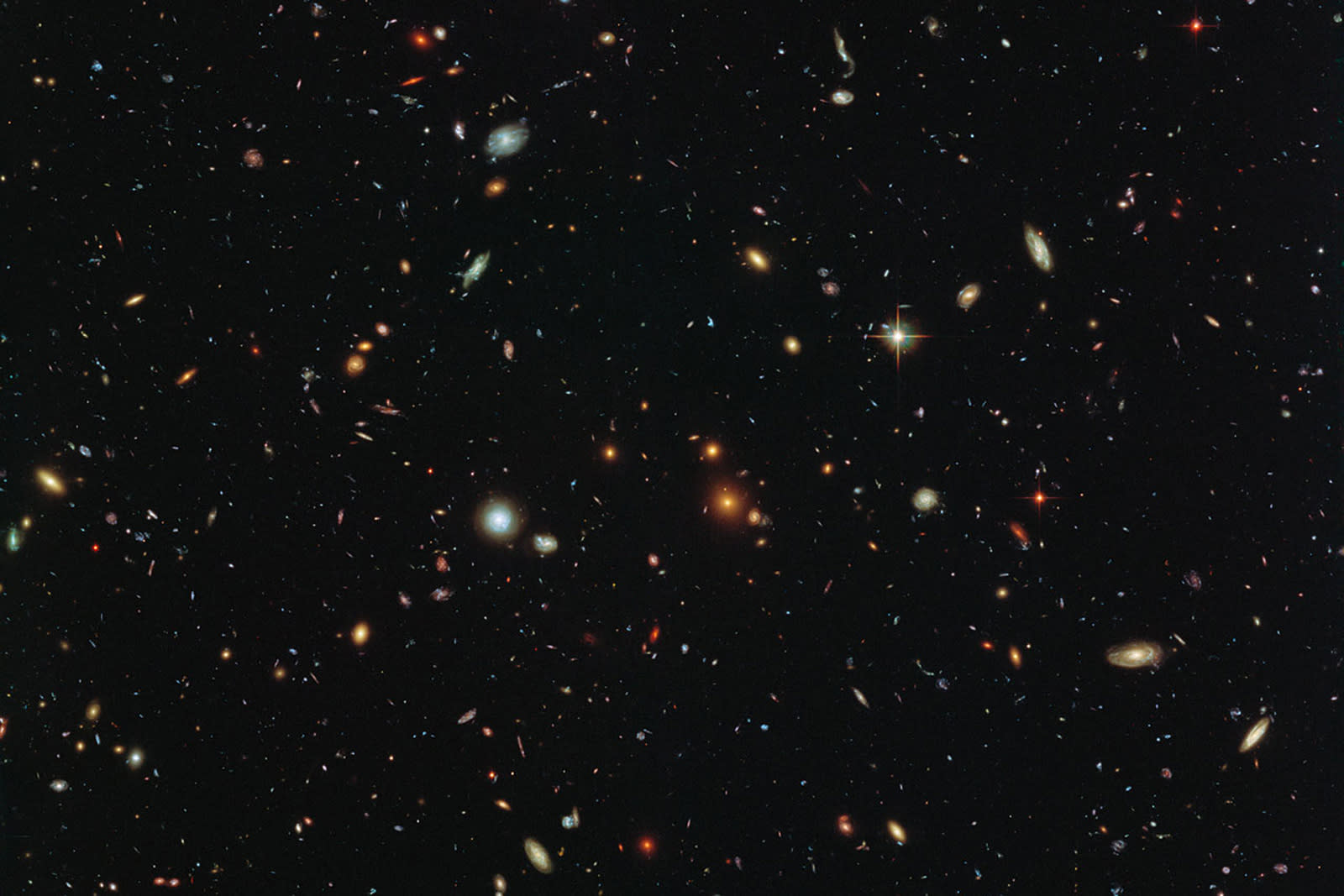 How do you understand the development of galaxies when even the younger examples are frequently billions of years old? Simulate as many universes as you can, apparently. Researchers at the University of Arizona have used the school's Ocelote superc...
How do you understand the development of galaxies when even the younger examples are frequently billions of years old? Simulate as many universes as you can, apparently. Researchers at the University of Arizona have used the school's Ocelote superc...
Scientists find the largest observed black hole to date
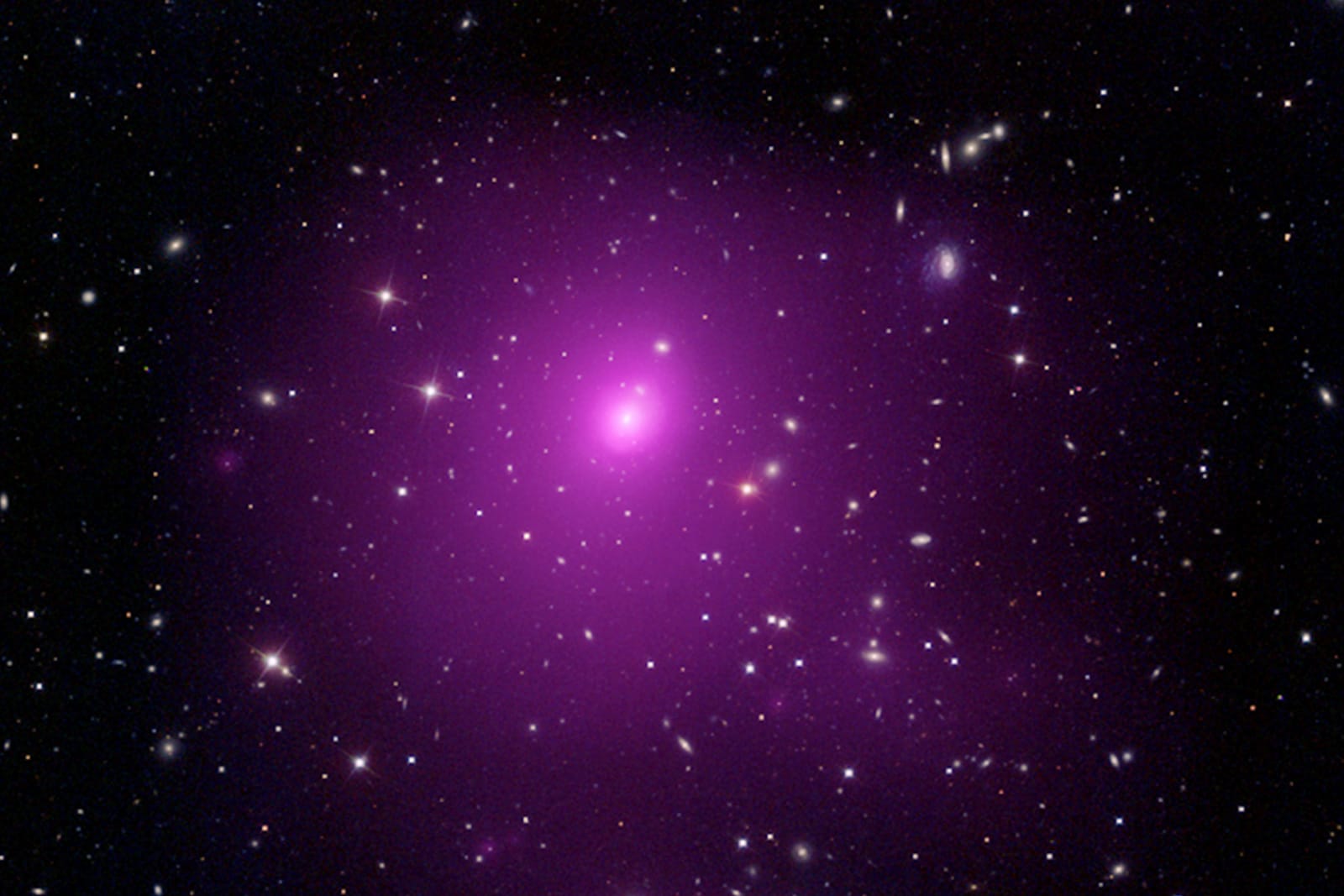 Astronomers aren't done with major black hole discoveries this year. The Max Planck Institute's Kianusch Mehrgan and colleagues have found the largest black hole ever observed at the center of Holm 15A, a galaxy about 700 million light-years away....
Astronomers aren't done with major black hole discoveries this year. The Max Planck Institute's Kianusch Mehrgan and colleagues have found the largest black hole ever observed at the center of Holm 15A, a galaxy about 700 million light-years away....
Two dead, dancing stars challenge astronomers’ expectations
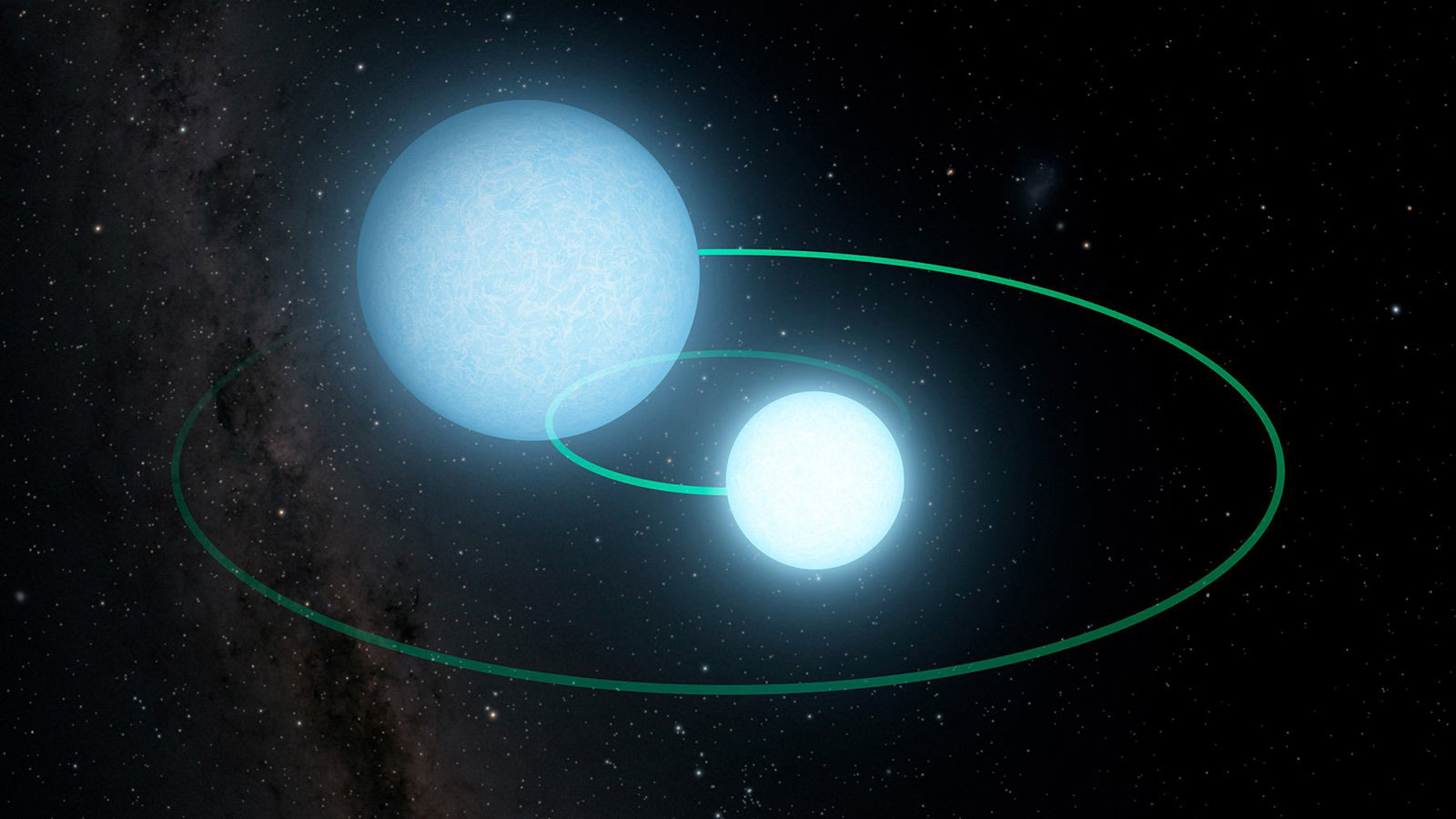 Stars still have plenty of surprises despite (or perhaps, because of) advances in astronomy. Researchers using Caltech's Zwicky Transient Facility have discovered a binary white dwarf system 8,000 light-years away, ZTF J1539+5027, where the two dead...
Stars still have plenty of surprises despite (or perhaps, because of) advances in astronomy. Researchers using Caltech's Zwicky Transient Facility have discovered a binary white dwarf system 8,000 light-years away, ZTF J1539+5027, where the two dead...
Scientists think some supermassive black holes didn’t start as stars
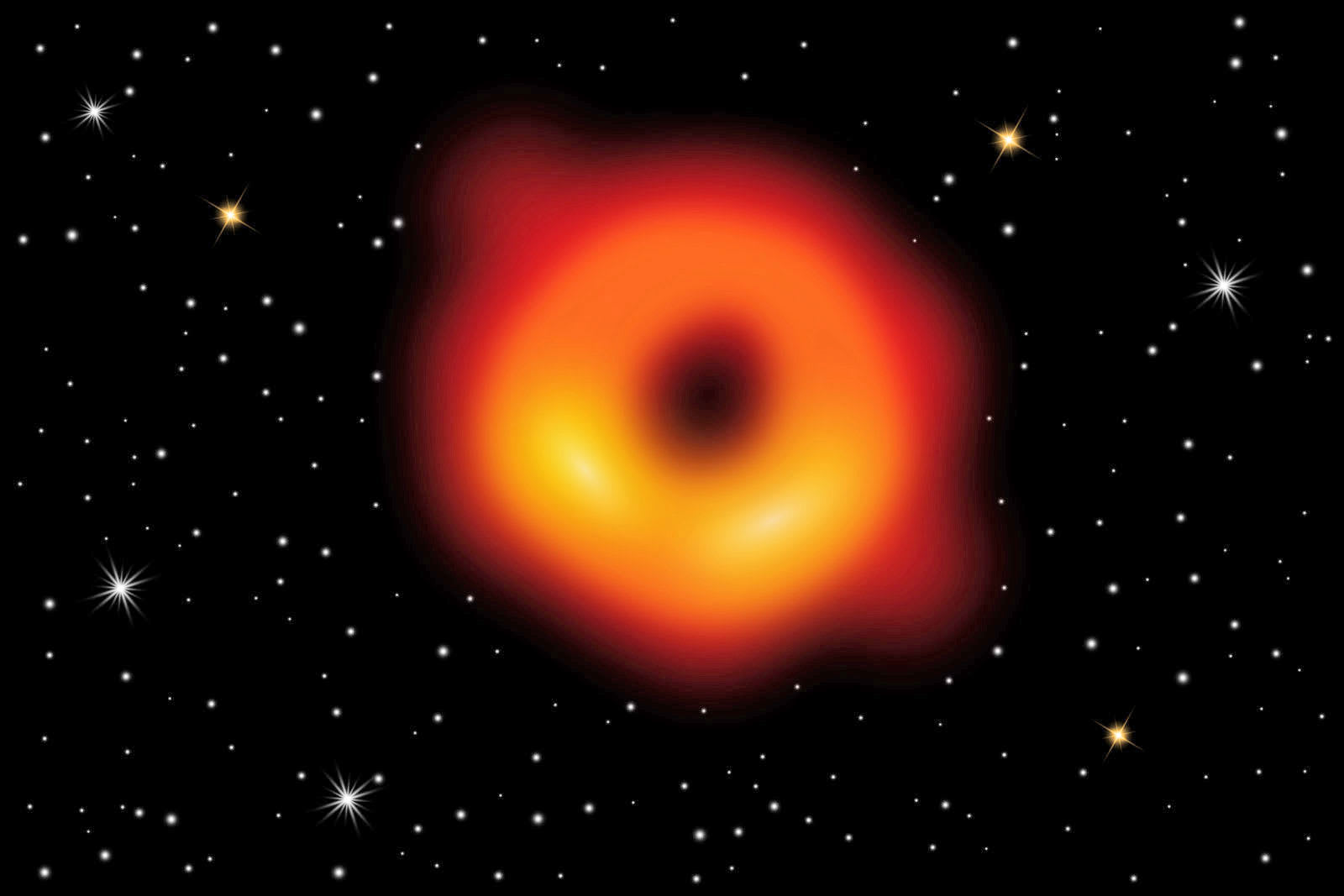 Despite the fact that scientists now have a real image of a supermassive black hole, they still have plenty of questions about the objects. Now, astrophysicists at Western University may have a new explanation for how some black holes formed. In rese...
Despite the fact that scientists now have a real image of a supermassive black hole, they still have plenty of questions about the objects. Now, astrophysicists at Western University may have a new explanation for how some black holes formed. In rese...